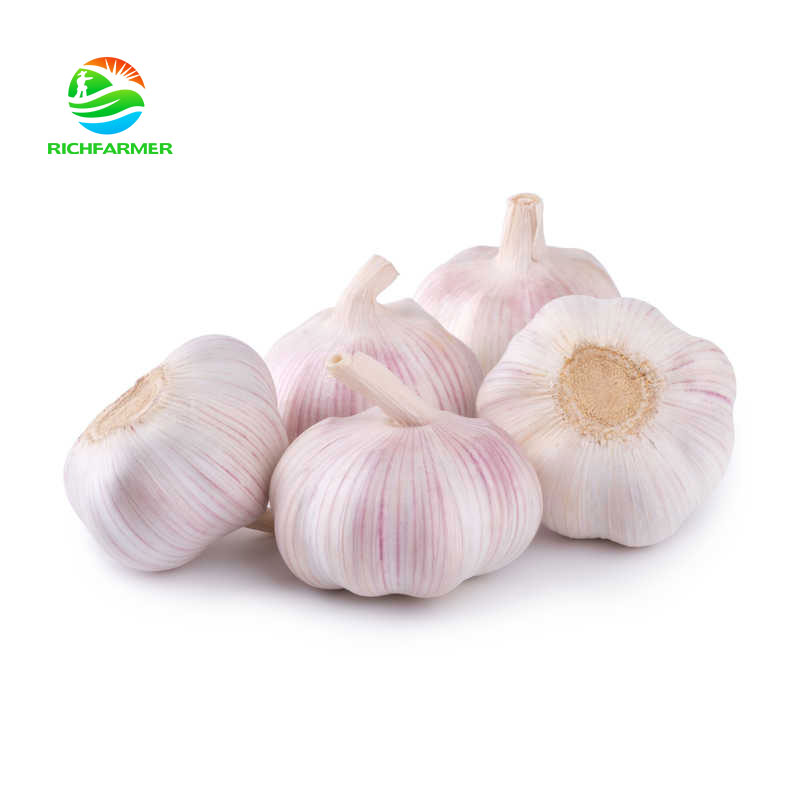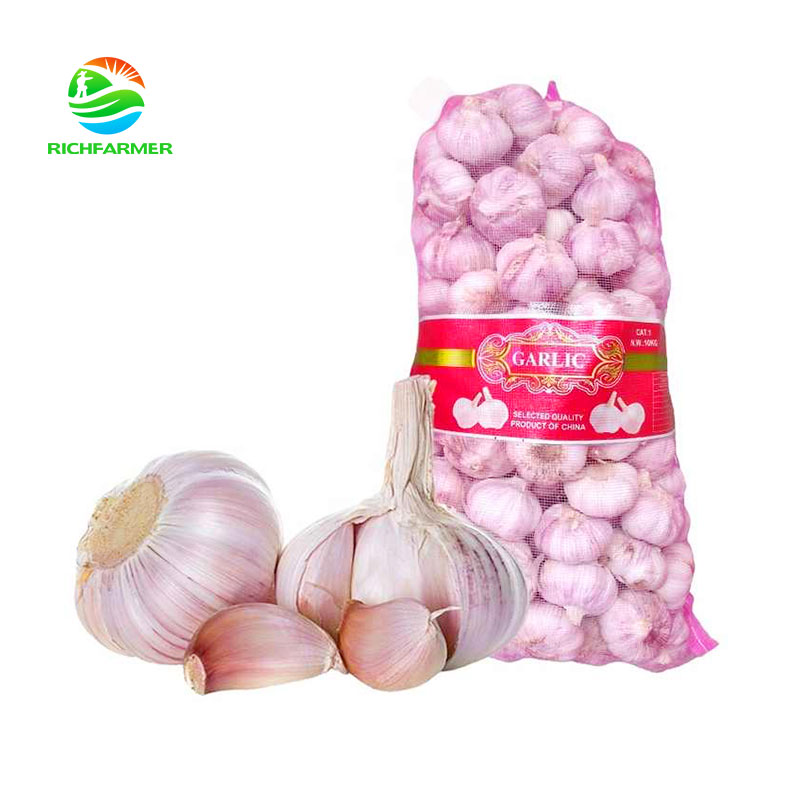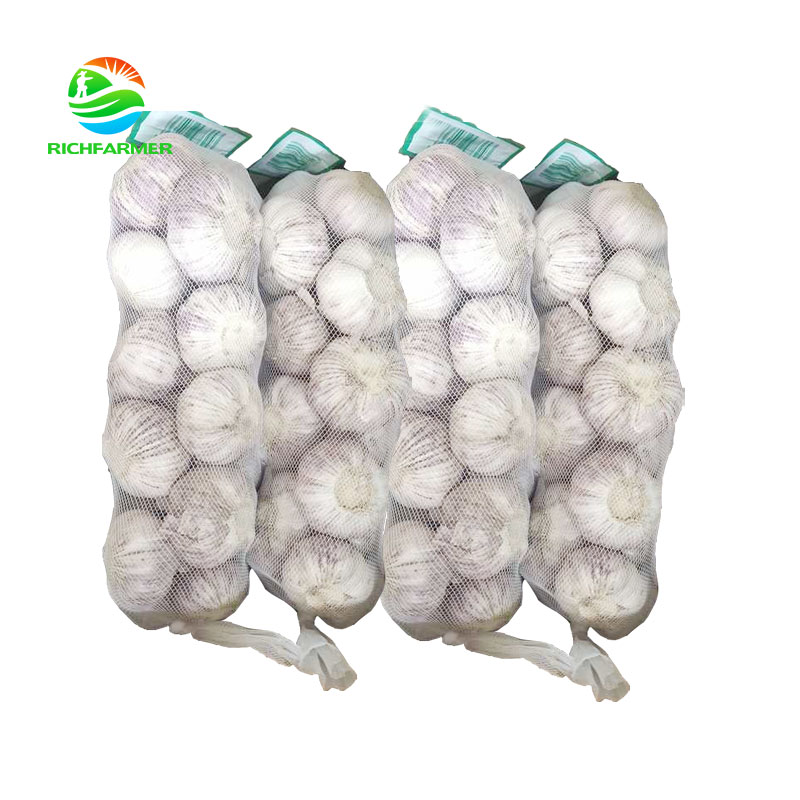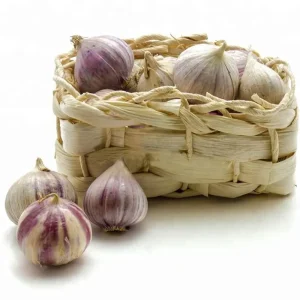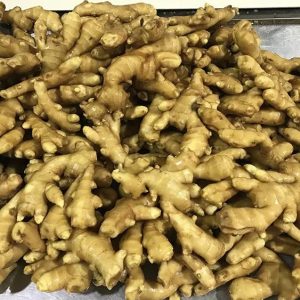Introduction

Do you want to grow pure, chemical-free garlic? Organic garlic has become the top choice for farmers and consumers due to its eco-friendly cultivation and rich flavor. However, many wonder about its productivity.
How can you grow it successfully? What are the key tips for optimal growth?
If these questions are on your mind, don’t worry! This guide provides a step-by-step approach to growing organic garlic. Let’s explore organic garlic cultivation in detail.
What is Organic Garlic?
Organic garlic is naturally grown without the use of synthetic chemicals or fertilizers. This sustainable approach relies on natural methods to ensure healthy growth and high-quality produce.
Organic garlic comes in two main varieties: hardneck and softneck. Hardneck garlic is known for its strong flavor and larger cloves, while softneck garlic has more cloves per bulb and stores well. With its bold taste and significant health benefits, organic garlic is a preferred choice among consumers.
Benefits of Organic Garlic
Health Benefits
Organic garlic provides multiple health benefits, making it an excellent dietary choice. Some of the key advantages include:
No Chemical Residues: Unlike conventionally grown garlic, organic garlic is free from harmful pesticide residues, ensuring a safer food option.
Nutrient-Rich: Packed with essential vitamins like B6 and C, along with minerals such as manganese and selenium, organic garlic boosts immunity and energy levels.
Medicinal Properties: Organic garlic contains allicin, a powerful antifungal, antibacterial, and antiviral compound that supports overall health.
Environmental Benefits
Organic garlic farming benefits not only humans but also the environment. Here’s how:
Soil Health: Organic farming enriches soil fertility by maintaining natural nutrients.
Biodiversity: The absence of synthetic chemicals promotes a healthy ecosystem for insects, microorganisms, and birds.
Reduced Pollution: Organic farming prevents water pollution by avoiding harmful chemicals.
Lower Carbon Footprint: Sustainable agricultural practices reduce greenhouse gas emissions, contributing to a healthier planet.
Culinary Benefits
Chefs and home cooks appreciate organic garlic for its superior taste and aroma.
Intense Flavor: Organic garlic enhances the taste of dishes with its strong, natural flavor.
Aromatic Qualities: Retaining its essential oils, organic garlic releases a robust and pleasant aroma when cooked.
Variety of Uses: Organic garlic comes in different varieties, allowing for diverse culinary applications.
Economic and Ethical Benefits
Organic garlic is a high-value crop that yields better returns for farmers. By following ethical and eco-friendly farming practices, it helps sustain agriculture while minimizing environmental harm.
Step-by-Step Guide to Growing Organic Garlic
Step 1: Choose the Right Garlic Variety

Organic garlic comes in two types:
Softneck Garlic: Smaller cloves but longer storage life; thrives in milder climates.
Hardneck Garlic: Larger cloves with stronger flavor; best suited for colder climates.
Select the variety that best suits your growing conditions.
Step 2: Prepare the Soil
Healthy soil is the foundation for successful garlic cultivation. Here’s what you need to do:
Use loose, well-draining loamy soil.
Maintain a slightly acidic soil pH.
Enrich the soil with organic matter such as compost or aged manure.
Step 3: Plant the Garlic
Once the soil is ready, it’s time to plant!
Timing: Plant garlic 4-6 weeks before the first frost in colder regions or in early winter in warmer climates.
Planting Depth & Spacing: Place each clove 2-3 inches deep and 6-8 inches apart.
Mulching: Apply a layer of organic mulch (such as straw or shredded leaves) to retain moisture and protect against temperature fluctuations.
Step 4: Watering & Fertilization
Proper watering and organic fertilization are key to healthy garlic growth.
Ensure the soil remains consistently moist but not waterlogged.
Use organic fertilizers like compost tea, seaweed extract, or fish emulsion to boost nutrient levels.
Step 5: Harvesting Garlic
Knowing when to harvest is crucial for high-quality garlic.
Hardneck Garlic: Harvest when the lower leaves turn brown.
Softneck Garlic: Harvest when most leaves have turned brown.
Step 6: Curing & Storing Garlic
To extend garlic’s shelf life, follow these steps:
Hang garlic bundles in a well-ventilated area for 2-4 weeks.
Allow the outer layers to dry and become papery before storage.
Store garlic in a cool, dry place with good air circulation.
For long-term storage, consider refrigeration or vacuum-sealing.
Tips for Optimal Organic Garlic Growth
Choose the Right Location: Garlic thrives in full sunlight (6-8 hours daily) with good drainage and ventilation.
Prepare the Soil Well: Enrich soil with compost and maintain proper pH levels.
Select Quality Seeds: Opt for organic, disease-free garlic cloves.
Plant at the Right Time: Adjust planting time based on your climate.
Mulch & Control Weeds: Use organic mulch and manually remove weeds for better growth.
Conclusion
For optimal organic garlic growth, ensure proper soil preparation, nutrient management, and moisture control. Avoid overwatering and follow best practices to achieve high yields.
Looking for premium-quality organic garlic?
부자 농부 is your trusted supplier, offering fresh, high-quality organic garlic with excellent shipping support. We prioritize customer satisfaction and deliver top-tier garlic. Explore our organic garlic collection today!

